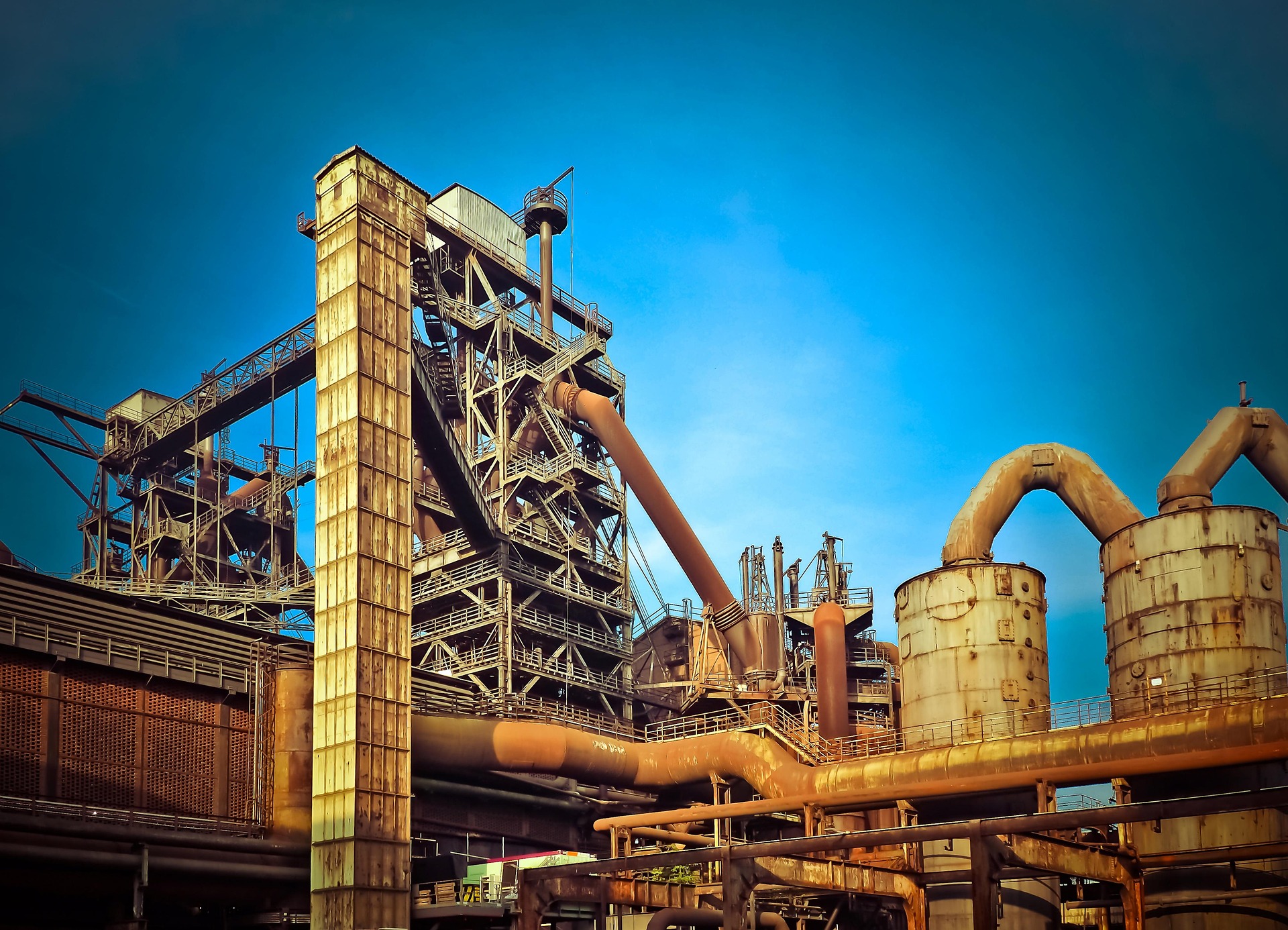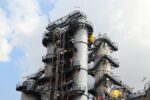Catalytic N2O Abatement Project in the Tail Gas of the Nitric Acid Plant of the Pakarab Fertilizer Ltd (PVT) in Multan, Pakistan
$9.50
Highest quality credits available in the market: The purpose of the project is to significantly reduce N2O emissions from the production of nitric acid – up to 90% of the emissions. N2O is a very potent greenhouse gas.
Project Highlights
The aim of this project is to reduce nitrous oxide (N2O) emissions in the tail gas of the nitric acid plant of Pakarab Fertilizer Ltd. N2O is an undesired by-product in the production process of nitric acid, which was normally released to the atmosphere.
To avoid this, the plant has been retrofitted with a tertiary N2O abatement unit in the tail gas stream. The unit reduces the vast majority of N2O at the source, before it would be released to the atmosphere. Other project benefits include the preservation of the ozone layer and helping spread green technology worldwide.
Please note that the available carbon credits provide the highest quality in terms of emission reduction estimates and lowest risk of greenwashing across project types in the market. Carbon credits have come under considerable criticism suggesting that many projects may significantly overestimate their emissions. Results of a recent study conducted by the Max Planck Institute’s Net Zero Lab (11/2024) show that among various offset types, the best-performing projects in terms of quality and real emission reductions were industrial facility improvements – in particular the installation of catalysts in fertilizer plants. This underscores how technologies that directly target emissions at their source, such as our tertiary N₂O abatement system, achieve significant and verifiable reductions in greenhouse gases (https://www.nature.com/articles/s41467-024-53645-z).
Before the existence of the Kyoto Protocol there was no worldwide regulation of N2O emissions from the nitric acid industry. There is no financial incentive for plant operators to reduce N2O without revenues from the sale of CERs.
The flexible mechanisms of the Kyoto Protocol provided market incentives to implement reduction technology in many plants around the world. It has made nitric acid projects a clear success story of the Kyoto Protocol. It shows that market incentives are an effective tool that can lead to real, permanent, measurable, verifiable and additional reduction of greenhouse gases, which have otherwise not occurred.
Technology
Methodology: Industrial Process Emissions Reduction Management
Mechanism: Avoidance
Registry
Registry: UN CDM Registry
Project ID: 0557









